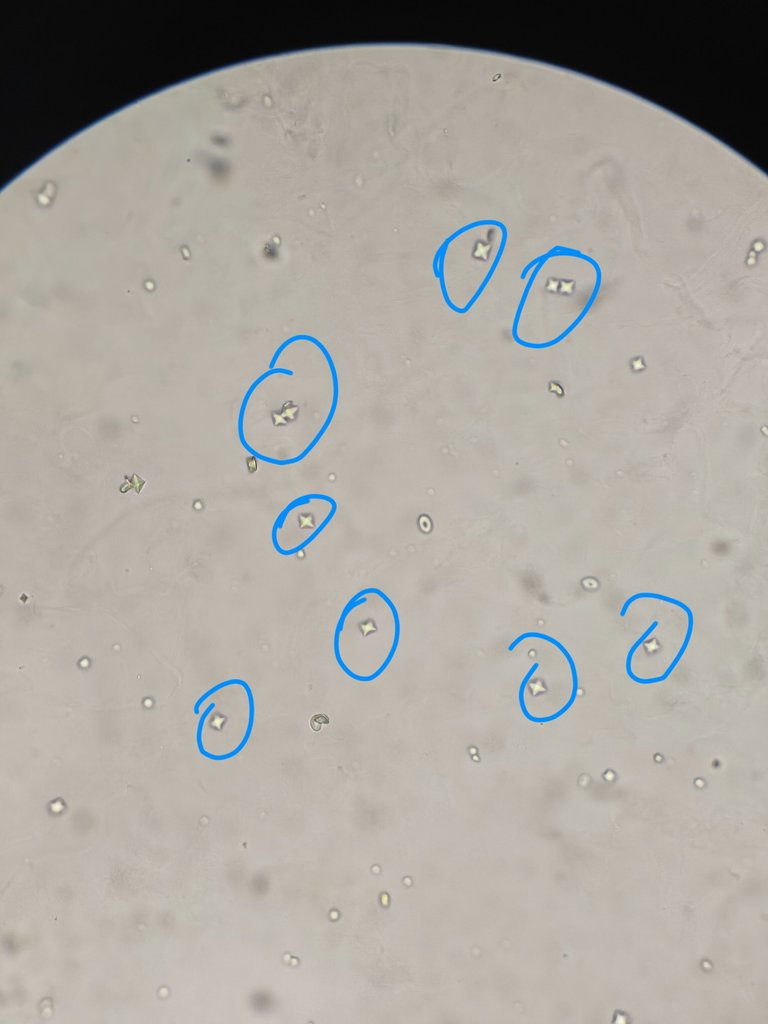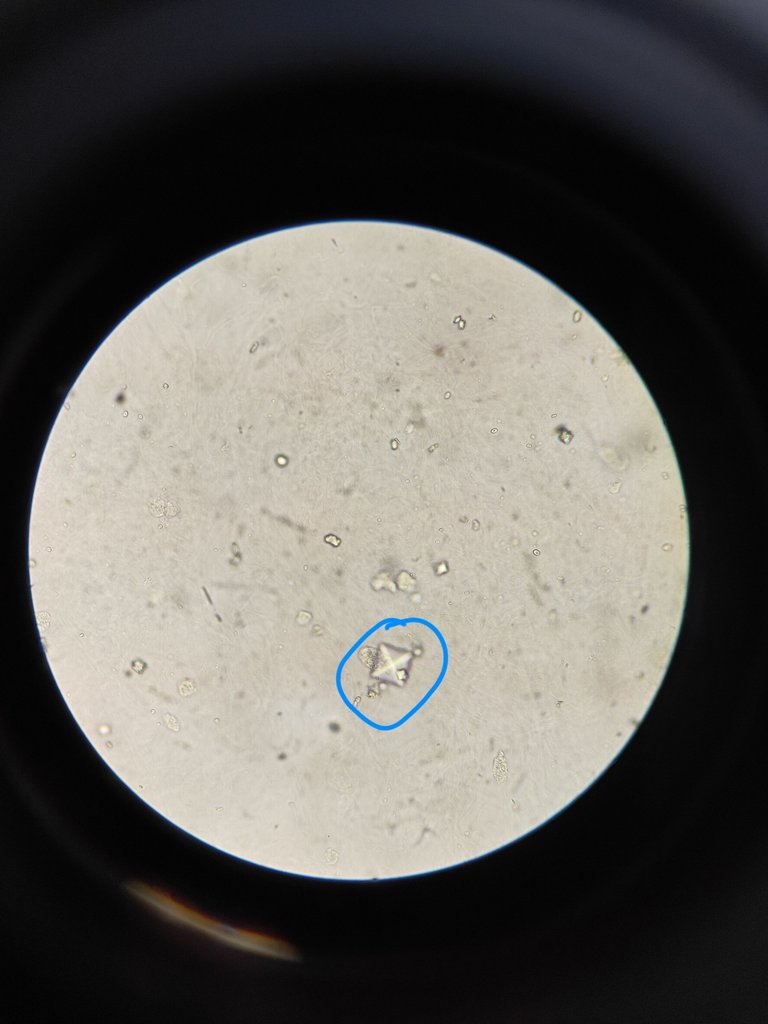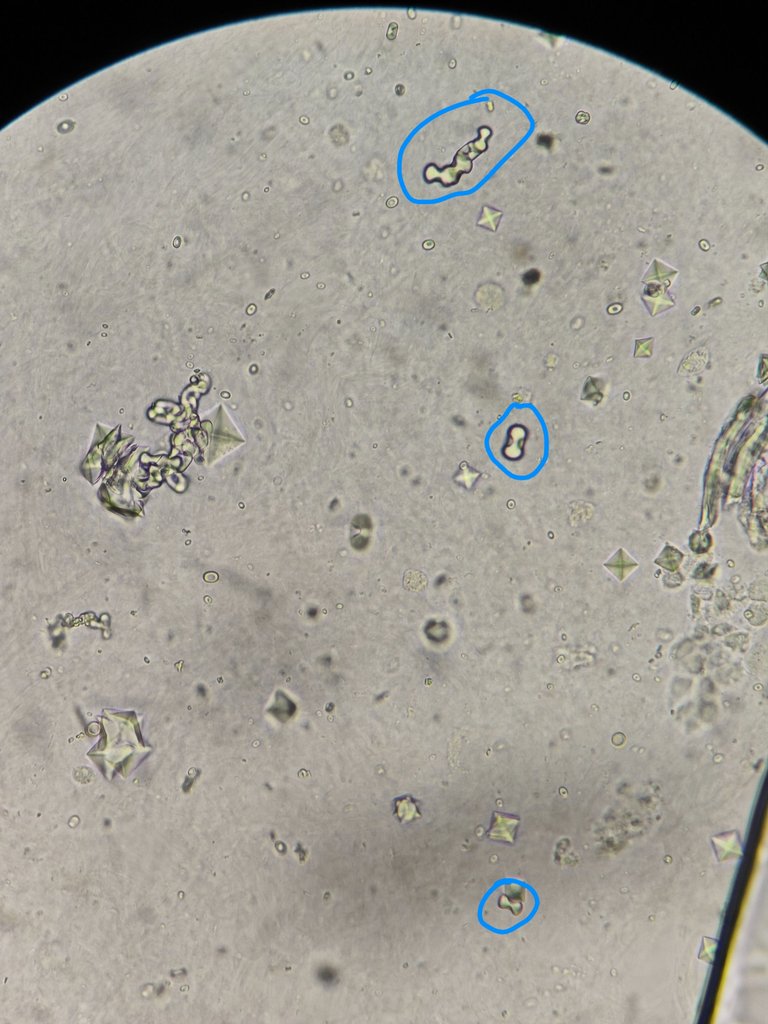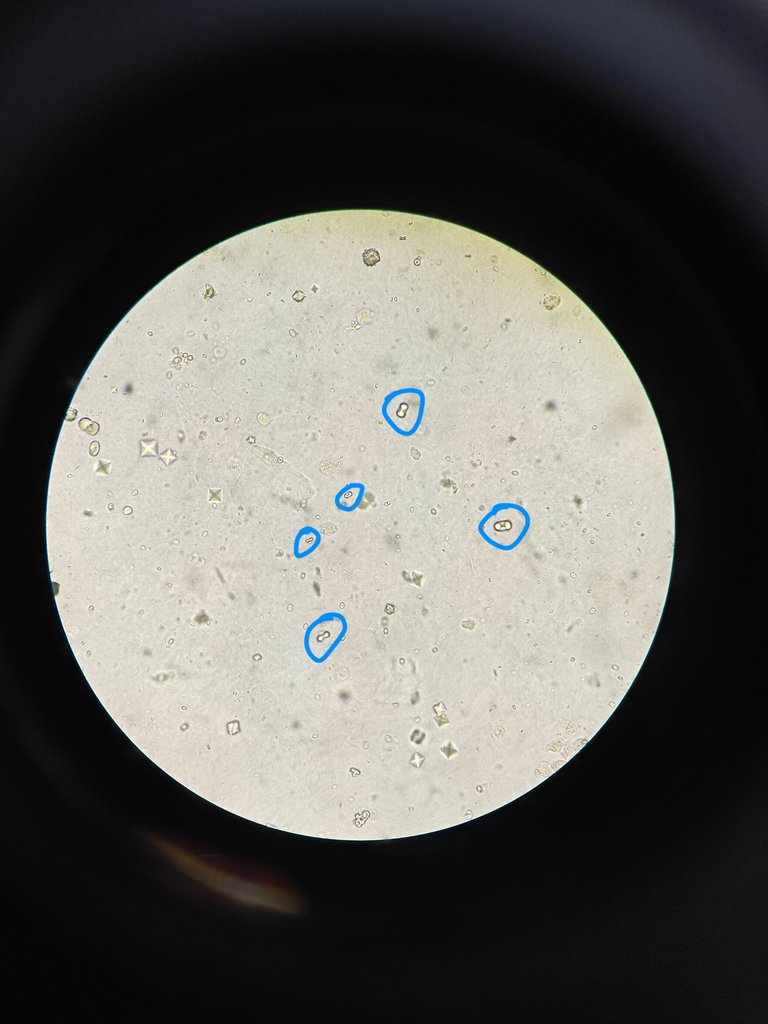Urine crystals - Calcium oxalate
Hello everyone, how are you all? I hope you all are doing well and i too. From today onwards we are going to see urine cytology. Whenever you go to hospital if you have fever or infection, doctor will advise urine test this is common test that anyone can have. So when we get urine sample our main focus is first to see any malignant cells are there or not when we see in microscope remaining things given by laboratory machine itself but some needs to be seen under microscope.redblood cells, white blood cells, bacteria, yeast, any crystals and casts all these seen in microscopy only.
Here we are going to see about crystals, that too the most common crystal that we will see in microscopy is Calcium oxalate crystals. These are are also called kidney stones. These are formed because of high calcium levels and they can obstruct the urine outflow. Thats why iti is important to mention about crystals in urine report. Calcium oxalate crystals are two types - 1) Calcium oxalate dihydrate and 2) Calcium oxalate monohydrate
Calcium oxalate dihydrate
Calcium oxalate dihydrate - it is envelope in shape. I think everyone knows and has seen envelopes.
How it looks like in microscopy



These are more not hard and more tend to recur.
Calcium oxalate monohydrate
These crystals are dumbbell shaped. People who goes to know about dumbbells. So these crystals are similar in shape. Lets see microscopy image.


You can see there are calcium oxalate dihydrate crystals also there. These stones are hard and recurrence rate is very low.
Hope you understand this topic today. Lets learn more about urine microscopy in next posts.
References
- Essentials of Clinical Pathology
Book, 3rd edition by Shirish M. Kawthalkar
Thanks for reading,
With regards,
Thanks for your contribution to the STEMsocial community. Feel free to join us on discord to get to know the rest of us!
Please consider delegating to the @stemsocial account (85% of the curation rewards are returned).
Consider setting @stemsocial as a beneficiary of this post's rewards if you would like to support the community and contribute to its mission of promoting science and education on Hive.